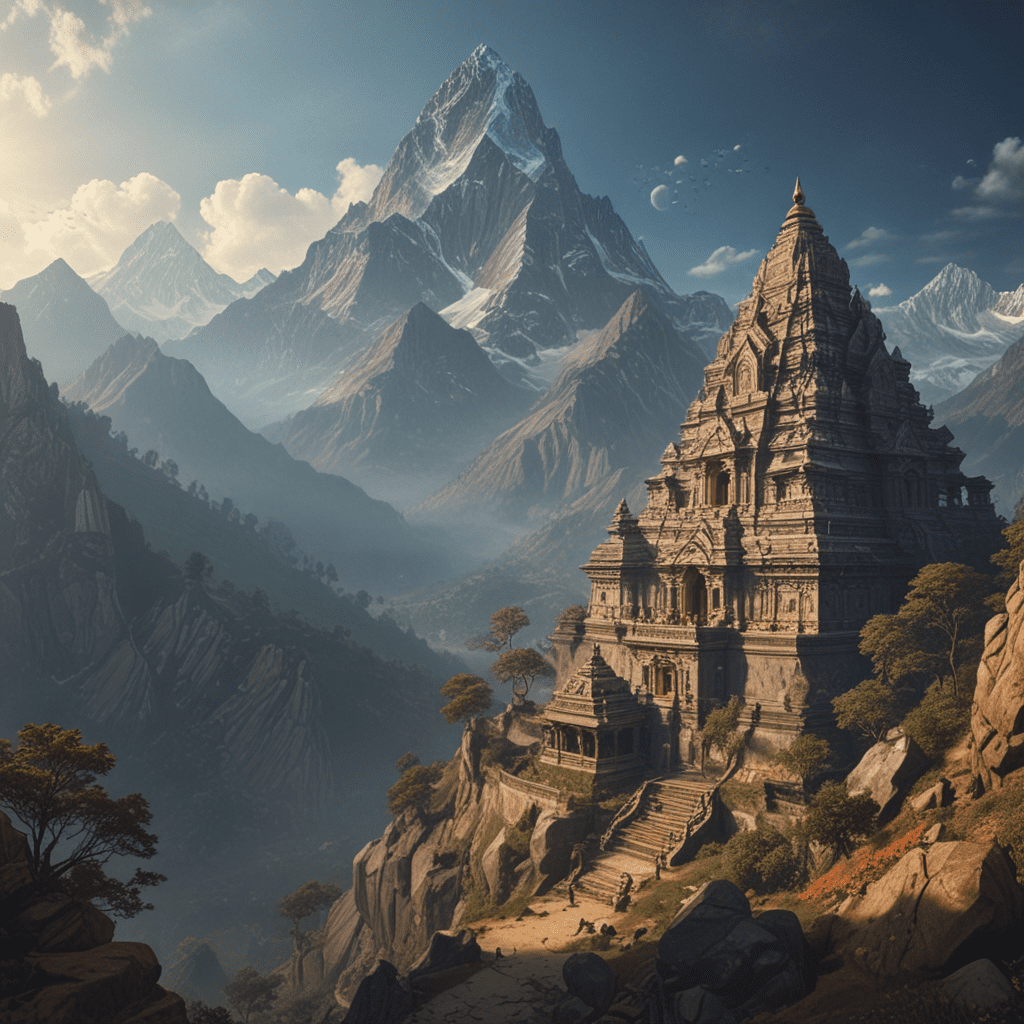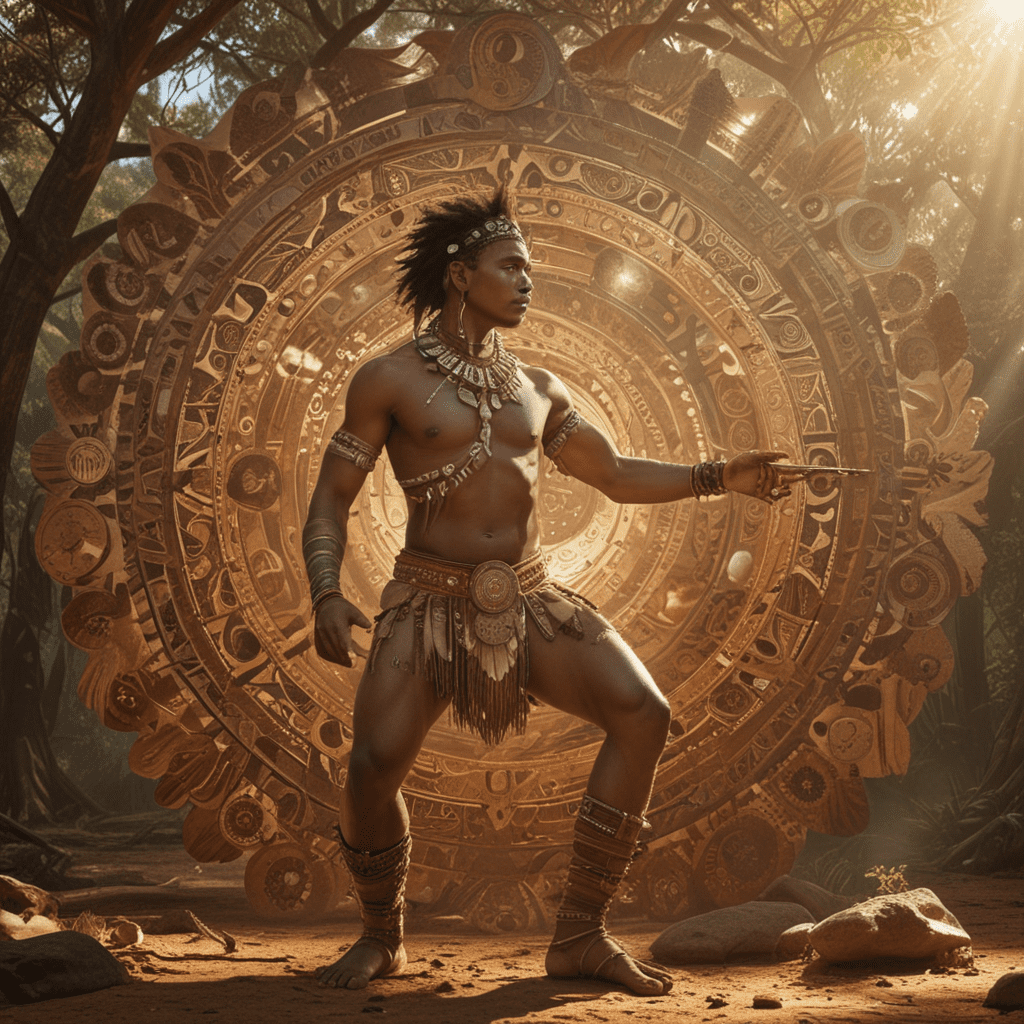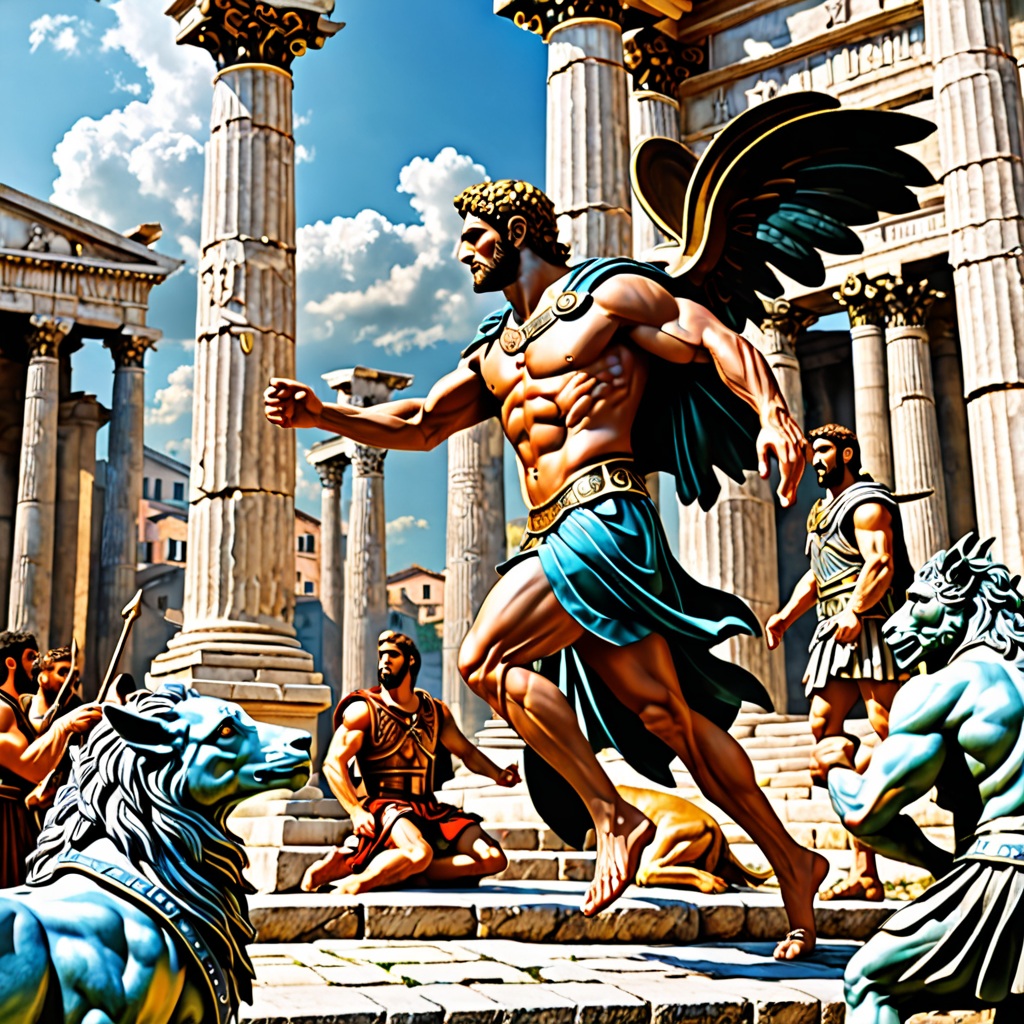The Myth of the Mountain Guardian: Protectors of Sacred Heights
I. Introduction to the Myth of the Mountain Guardian
The Mountain Guardian is a mythical figure revered across various cultures, often portrayed as a protective spirit or deity residing in the heights of mountains. These guardians are seen as stewards of the sacred spaces that mountains represent, embodying the reverence humans have for these towering natural formations.
Throughout history, the significance of the Mountain Guardian has transcended geographical and cultural boundaries, linking diverse mythologies under a common theme: the interplay between nature and spirituality. This article aims to explore the myth of the Mountain Guardian, delving into its historical context, cultural variations, and enduring relevance in contemporary society.
II. Historical Context of Mountain Guardians
Ancient civilizations held mountains in high esteem, often associating them with the divine. For many, mountains were not just physical structures but embodiments of their gods and spirits. The relationship between these civilizations and mountains was profound, as they believed that the mountains were places of power, offering both challenges and sanctuaries.
The role of nature in spiritual beliefs is evident in various ancient texts and artifacts, showcasing how deeply intertwined human spirituality and the natural world were. Archaeological findings, such as altars and shrines located on mountain summits, provide tangible evidence of the worship practices and reverence for mountain gods, emphasizing the sacredness attributed to these elevated terrains.
III. Cultural Variations of the Mountain Guardian Myth
The Mountain Guardian myth manifests differently across cultures, each interpretation reflecting the unique relationship between the people and their mountainous surroundings.
- The Mountain Guardian in Indigenous American folklore: Many Indigenous tribes perceive mountains as sacred entities, with guardians that protect the land and its people. Figures like the Great Spirit are often associated with mountain ranges, symbolizing their importance in culture and spirituality.
- Himalayan deities and their guardianship over sacred peaks: In Hindu and Buddhist traditions, mountains such as Mount Kailash and Kanchenjunga are revered as abodes of gods. Deities like Shiva and Avalokiteshvara are believed to dwell in these heights, offering protection and guidance to devotees.
- European legends: Giants and protectors of highlands: In various European cultures, mountains are often associated with giant figures who serve as guardians. These legends frequently narrate tales of giants who protect their realms from intruders, representing the mountains as formidable yet nurturing forces.
IV. Symbolism of Mountains in Mythology
Mountains hold a rich symbolism in mythology, often serving as metaphors for spiritual journeys and challenges faced in life.
- Mountains as sacred spaces: Across traditions, mountains are viewed as places where the earthly meets the divine. Pilgrimages to these heights signify a quest for enlightenment and connection with the spiritual realm.
- The duality of mountains: While mountains are seen as sources of refuge and safety, they also represent challenges and trials. The ascent to a mountain peak parallels the struggles one faces in life, making the guardian a significant figure in overcoming these obstacles.
- The guardian as a metaphor for spiritual protection: The Mountain Guardian symbolizes the protective forces in our lives, guiding us through the trials we encounter on our personal journeys.
V. The Mountain Guardian in Modern Spirituality
In contemporary spirituality, the Mountain Guardian myth continues to resonate, often reinterpreted to fit modern beliefs and practices.
New-age spiritual movements frequently draw on the imagery of mountain guardians, viewing them as symbols of strength and wisdom. This reinterpretation can be observed in various practices, including:
- Guided meditations focused on connecting with mountain spirits.
- Retreats in mountainous areas aimed at spiritual renewal and reflection.
- Artistic expressions in literature, music, and visual arts that celebrate the guardian’s presence.
Moreover, the Mountain Guardian has found a place in popular culture, influencing films, novels, and artworks, further embedding the myth in the collective consciousness.
VI. Environmental Significance of Mountain Guardians
Mountains are not only vital for their spiritual significance but also play a crucial role in maintaining ecological balance. The concept of the Mountain Guardian extends to environmental stewardship, symbolizing the need for conservation.
Mountains contribute to ecosystem health in several ways:
- They provide crucial water resources through glaciers and snowmelt.
- They serve as habitats for diverse flora and fauna.
- They protect against soil erosion and maintain climate stability.
Mountain Guardians can be seen as symbols of conservation, representing the responsibility humans have to protect these majestic environments. However, current threats, such as climate change, deforestation, and tourism, pose significant risks to mountainous regions and their guardians.
VII. Personal Experiences and Anecdotes
Many individuals report feeling a profound connection to the idea of a Mountain Guardian during their encounters with nature. These experiences often lead to personal transformations and deeper spiritual awakenings.
Stories from mountain climbers and trekkers frequently highlight encounters with these protective forces. For example:
- A hiker might recount a moment of clarity experienced atop a mountain, feeling as though a guardian provided encouragement during their challenging climb.
- Individuals facing personal struggles often describe feeling a guardian’s presence, offering solace and strength in times of need.
The psychological impact of believing in a protective force, such as the Mountain Guardian, can be significant, fostering resilience and a sense of connection to the larger universe.
VIII. The Psychological and Societal Impact of the Myth
The Mountain Guardian myth plays a vital role in shaping community identity and collective consciousness. Myths serve as a binding force, fostering a shared understanding of cultural values and beliefs.
Nature-based beliefs, such as those surrounding mountain guardians, offer psychological benefits, including:
- Enhanced mental well-being through connection with nature.
- A sense of belonging and community through shared rituals and stories.
- A framework for understanding life’s challenges through metaphorical narratives.
Moreover, the influence of the Mountain Guardian myth can be seen in local customs, traditions, and celebrations that honor the mountains and their protective spirits.
IX. Challenges to the Myth in the Modern World
Despite its enduring presence, the Mountain Guardian myth faces challenges in the modern world. Scientific explanations often clash with traditional beliefs, leading to a decline in the reverence for these myths.
Globalization contributes to the dilution of local myths and traditions, as cultures blend and unique stories are overshadowed by mainstream narratives. Additionally, climate change poses an existential threat to mountainous regions, potentially altering the landscapes that have inspired these myths for centuries.
X. Conclusion: The Enduring Legacy of the Mountain Guardian
The myth of the Mountain Guardian remains a powerful symbol of protection, spirituality, and the intricate relationship between humans and nature. As we reflect on its continued relevance, it becomes clear that honoring and preserving mountain traditions is crucial for maintaining cultural diversity and environmental stewardship.
In closing, the intersection of myth and nature invites us to recognize the profound connections we share with the world around us. Embracing the Mountain Guardian myth not only enriches our spiritual lives but also encourages us to protect the sacred heights that have inspired humanity for generations.



